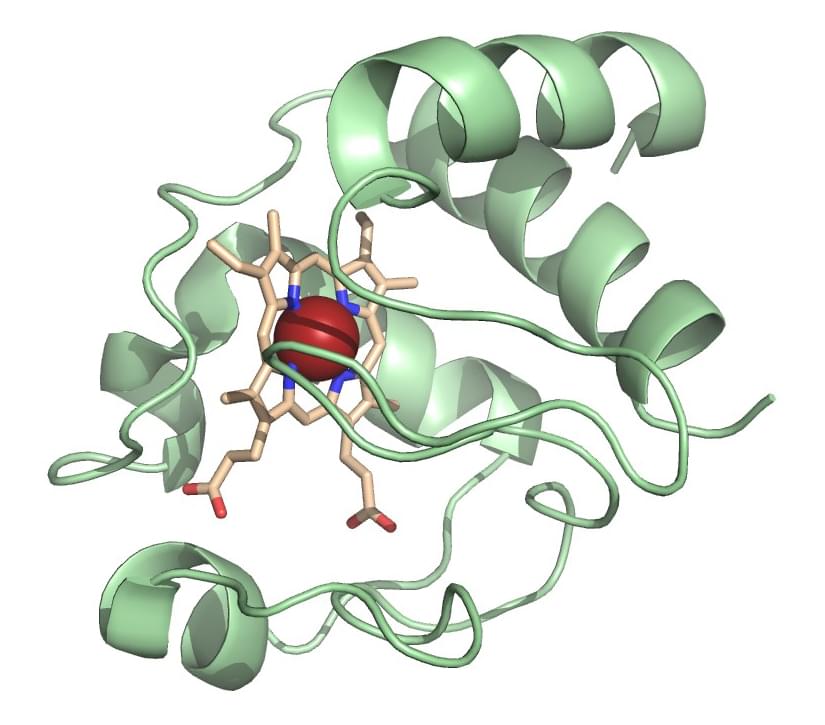Our Products Cannot Be Used As Medicines Directly For Personal Use.


Welcome! For price inquiries, please feel free to contact us through the form on the left side. We will get back to you as soon as possible.
Enzyme Activity Measurement for Oxidoreductases Acting on CH-OH Group with Cytochrome as Acceptor
Creative Enzymes is a leading organization in enzyme activity measurement for oxidoreductases. Especially, only few companies are able to measure the activity for oxidoreductases that act on CH-OH groups using cytochrome as the cofactor due to technical challenges. Our most experienced professional team, together with the latest analytical spectrometers, will obtain highly reliable results of enzymatic activities.
The oxidoreductases under the category EC 1.1.2 are a family of enzymes that act on CH-OH groups, mainly alcohols, and using cytochrome as the redox cofactor. The enzymes catalyze the oxidation of these alcohols and produce the corresponding aldehydes, using cytochrome as the electron acceptor. Cytochrome is a family of highly conserved proteins, in a size of about 12 kDa. The proteins generally consist of a single peptide with about 100 amino acids and a heme group. Cytochrome uses heme as a prosthetic group through covalent bonds. While most heme proteins are attached to the prosthetic group through iron ligation, cytochrome c, however, makes thioether bonds with the heme group via two cysteine side chains of the protein.A key character of heme is its ability to have different reduction potentials, which leads to various oxidation states and easy transformation between the states.In nature, cytochrome c has a variety of functions, but it is primarily known as an electron-carrying protein due to such a property of the heme group. The transition of cytochrome between the ferrous (iron (II), the reduced form) and ferric (iron (III), the oxidized) states within the cell, makes it an efficient biological electron-transporter. Therefore, cytochrome plays a vital role in cellular oxidations in both plants and animals. It is generally regarded as a universal catalyst of respiration, forming an essential electron-bridge between the respirable substrates and oxygen. In addition, the using heme as a prosthetic group also allows cytochrome to determine the kinetics and thermodynamics of an electron transfer reaction easily through the oxidation state of the iron. All of these make the cofactor cytochrome an ideal reporting agent for the enzyme reactions catalyzed by oxidoreductases EC 1.1.2. As the reduction reaction of alcohols proceeds, cytochrome is oxidized simultaneously and gains a strong absorption at 550 nm.
At Creative Enzymes, we found at least two advantages of using this wavelength to determine the enzymatic activity. First, the wavelength falls in to the range of visible light and is far away from the UV/vis absorption of most solvents and small organic molecules, resulting in clean signal and less interference. In addition, monitoring the oxidation or reduction of cytochrome also reduces interferences from other proteins such as hemoglobin. This is especially important if the activity assay needs to be performed with a sample of mixtures, such as a tissue extract.
 Figure: The structures of cofactor cytochrome c from Homo sapien (human). The protein is in green. The prosthetic group heme c is shown in beige. The iron atom is in red. PDB: 3NWV
Figure: The structures of cofactor cytochrome c from Homo sapien (human). The protein is in green. The prosthetic group heme c is shown in beige. The iron atom is in red. PDB: 3NWV
Creative Enzymes uses the colorimetric assay to accurately measure activities for all the oxidoreductases the use cytochrome as the cofactor:
- EC 1.1.2.2: mannitol dehydrogenase
- EC 1.1.2.3: L-lactate dehydrogenase
- EC 1.1.2.4: D-lactate dehydrogenase
- EC 1.1.2.5: D-lactate dehydrogenase
- EC 1.1.2.6: polyvinyl alcohol dehydrogenase
- EC 1.1.2.7: methanol dehydrogenase
- EC 1.1.2.8: alcohol dehydrogenase
- EC 1.1.2.1 is anoutdated numbering and now becomes EC 1.1.99.5
Our out standing test quality is marked by many stories of success from the customers. If yourbusiness involves testing any of these delicate enzymes, Creative Enzymes is your most reliable partner.